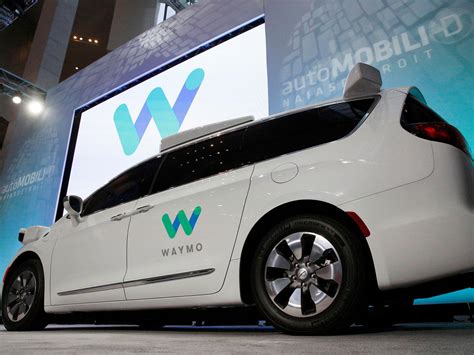Waymo, the self-driving car company, has recently received clearance to expand its operations beyond San Francisco. While this marks a significant milestone in the advancement of autonomous vehicle technology, it has also sparked a heated debate about privacy and safety. As these vehicles become more prevalent, the trade-offs between innovation and personal data security come to the forefront, challenging us to reconsider our understanding of both convenience and privacy in the digital age.
One of the **most pressing concerns** is the potential for these vehicles to act as data collectors, recording our every move. Critics argue that by using Waymo, individuals effectively surrender their travel privacy to the data broker. This point was succinctly captured by a commentator who expressed reservations about self-driving taxis, highlighting the discomfort with handing over personal travel data to large corporations like Google. Such data could be subpoenaed or sold, creating a repository of physical comings and goings that can be potentially exploited.
It’s clear from the discourse that privacy advocates find the idea of ubiquitous tracking troubling. One user pointed out the parallels between autonomous vehicles and the data collection practices stemming from other Google services. With most of us already embedded in a network of tracking via our smartphones, the introduction of autonomous vehicles could be seen as further encroaching on our personal lives. The historical instance of NYC yellow cabs collecting travel data, which was later easy to de-anonymize, is a case in point. The difficulty in maintaining meaningful privacy while using public or semi-public services like taxis, becomes glaring.
Conversely, proponents of the technology argue that the real driving force behind autonomous vehicles is multifaceted: it’s not just about data but also about **safety and convenience**. The argument here is that self-driving cars could significantly reduce traffic accidents caused by human error. For example, an analysis comparing accidents involving autonomous vehicles with those driven by humans showed a lower chance of crashes under most scenarios. However, critics worry about latent barriers like navigation through complex city landscapes during events or the inefficiencies of current routing algorithms.
Moreover, some see the benefits extending to accessibility and inclusivity. As one user noted, Waymo has consistently provided rides that are clean, quiet, and safe, often preferable for families with young children or those who dislike overly-chatty drivers. It’s clear that the convenience and quality of service offered by autonomous vehicles could indeed enhance the urban transportation landscape. Additionally, Waymo’s assurance of fleet maintenance could ensure a better experience compared to human-driven alternatives where cleanliness and reliability may vary.
However, the controversy doesn’t end here. There’s also the **issue of road dynamics**. Autonomous vehicles are programmed to adhere strictly to traffic laws, which can sometimes make them slower than their human-driven counterparts. This has led to frustration among other drivers and questions about whether these vehicles should adapt to the flow of traffic, even if it means breaking speed limits. One user argued that such stringent adherence to the speed limit might cause more harm than good, suggesting that appropriate speed limits should be enforced rather than adjusting autonomous vehicle algorithms.
One interesting point from the discussion is **public perception** and the politics involved in allowing these vehicles to operate in high-density areas. The opinions are split between those who see self-driving cars as the future of safe urban transport and those who are skeptical of the technology’s readiness and its implications for traditional cab services. There’s an underlying debate about whether these autonomous systems should operate primarily in simpler environments before tackling complex urban terrains, a point that is reflective of Waymo’s initial expansions in the suburbs of Phoenix, AZ.
In conclusion, as Waymo and other autonomous vehicle companies forge ahead, society is at a crossroads in balancing privacy concerns, safety advantages, and the irreplaceable human element in driving. While the technology promises greater efficiency and reduction in accidents, the concerns about data security and the adaptability of these systems in real-world scenarios persist. The conversation about the future of transportation is not just about embracing new technology but understanding and ameliorating its implications for privacy, safety, and the human experience in metropolitan settings.


Leave a Reply